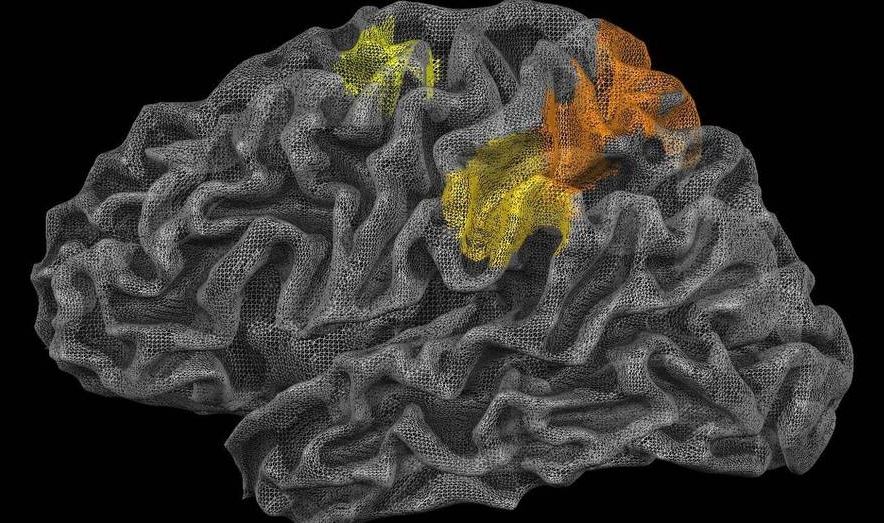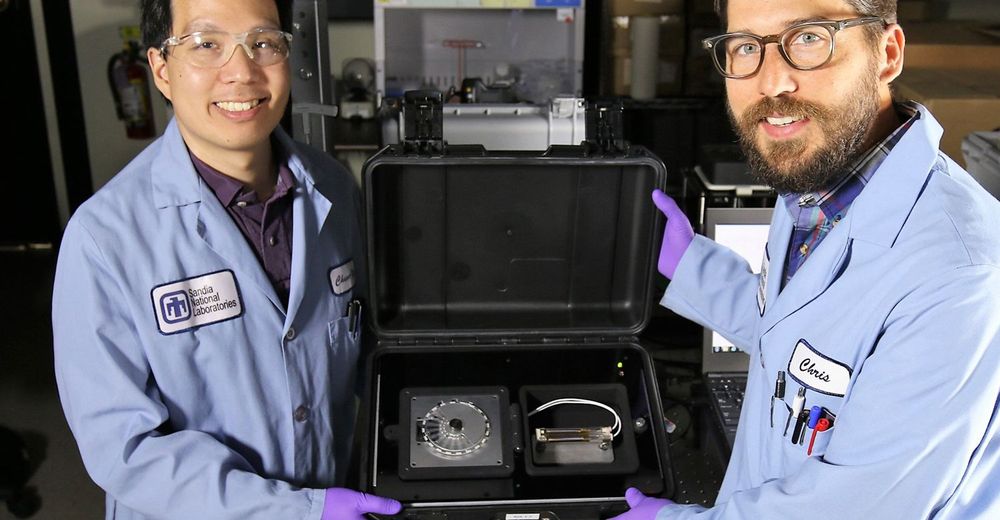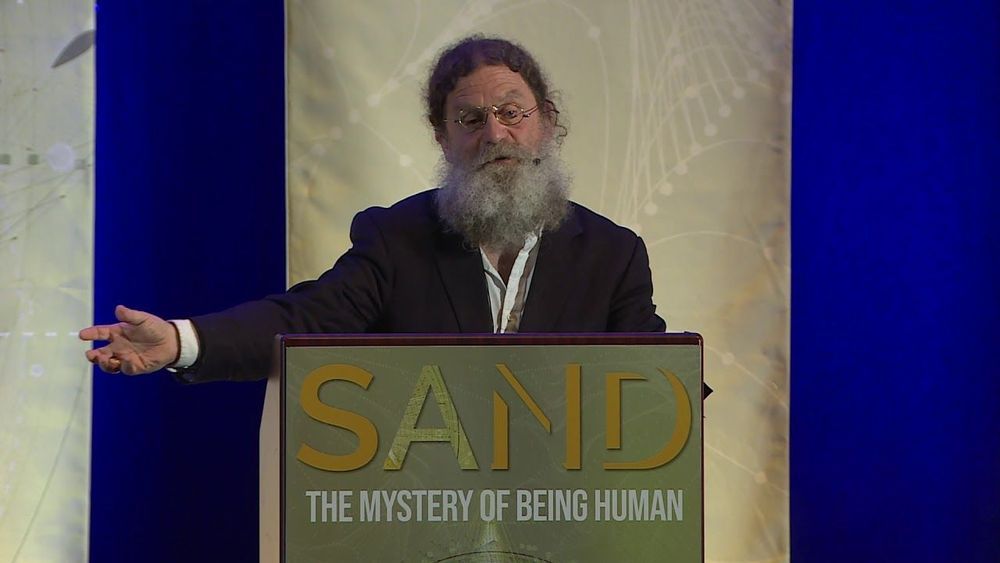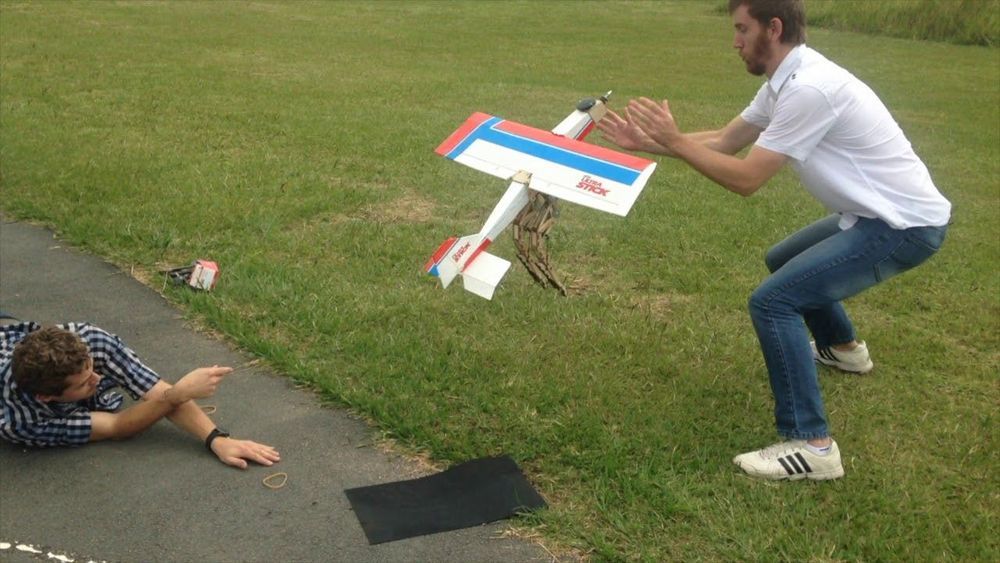Jan 19, 2019
Biofeedback from the brain will help students learn faster
Posted by Nancie Hunter in categories: education, robotics/AI
Biofeedback will also be able to help with problems that feel intractable, by conditioning students to make time to think outside the box. Studies show the best way is to deal with a seemingly intractable problem is to consider it intensely for a period of time and then to relax to an almost meditative state to foster the brain’s creative side.
We have trialled technology that can help users manage this approach in Finland, using an app called Study Train that has been designed by Finnish education experts. The app combines the Pomodoro time-management technique with customised learning rhythms based on an individual’s brain waves, telling students to focus when learning efficiency is high and to rest meditatively to promote lateral thinking and creativity when efficiency is low. It is now being used by students in China, Malaysia and Taiwan as well as in Finland and next year will be rolled out further.
We have long known that the brain has good and bad times for retaining information and solving problems. By combining EEG data and machine learning we can now we confident when those different states occur and use that information to improve students’ learning. 2019 will be the year when study becomes turbocharged.


















